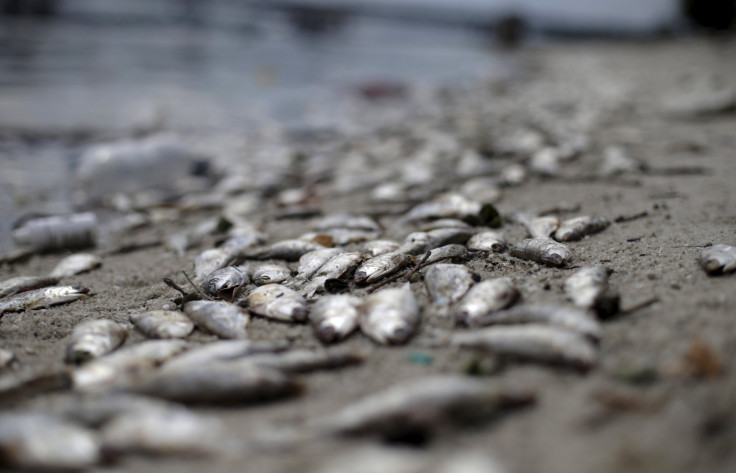Fish lovers beware: Toxic pollutants in fish across world’s oceans make that delicious seafood extremely dangerous

Valentine’s Day 2016 is round the corner and you may be planning a seafood delight for your beloved who simply can’t resist those giant lobsters and octopuses. However, a global study of seafood has revealed that fish populations across the world’s oceans are highly contaminated with agricultural and industrial pollutants. Thus, what may seem to be delectable and too good to resist may pose a serious health hazard to fish lovers.
The agricultural and industrial pollutants in fish are collectively known as persistent organic pollutants (POPs).
However, there is good news. The study researchers from the Scripps Institution of Oceanography at UC San Diego also found out that the concentration level of the pollutants in fish has been steadily dropping over the last 30 years.
Even then, the researchers have warned seafood lovers that still the concentration levels are quite high. They also pointed out the need to have a better understanding of the cumulative effects of numerous exposures to pollutants in seafood. This will help in determining specific risks to seafood and fish lovers, reports EurekAlert.
The findings, reported in the Jan. 28, 2016 issue of the journal PeerJ, revealed that the toxic pollutants in fish included older “legacy” chemicals, such as mercury and DDT, as well as newer industry chemicals coolants and flame retardants.
The study was based on the analysis by Scripps researchers Amro Hamdoun, Stuart Sandin and Lindsay Bonito. It was also based on hundreds of peer-reviewed articles from 1969-2012.
“Based on the best data collected from across the globe, we can say that POPs can be anywhere and in any species of marine fish,” said Sandin, a Scripps biologist and co-author of the study.
The researchers also pointed out the fact that although POPs were found in fish in all the world’s oceans, the concentrations varied a lot. There is still a chance that a fillet of fish can be as contaminated as a filet in 1980s depending on the region.
“This means that the typical fish that you consume today can have approximately 50 percent of the concentration of most POPs when compared to the same fish eaten by your parents at your age,” said Bonito.
The study revealed that in the 1980s, average concentrations of each class of POP were significantly higher than found today. The drop in concentration has been 15-30 percent per decade.






